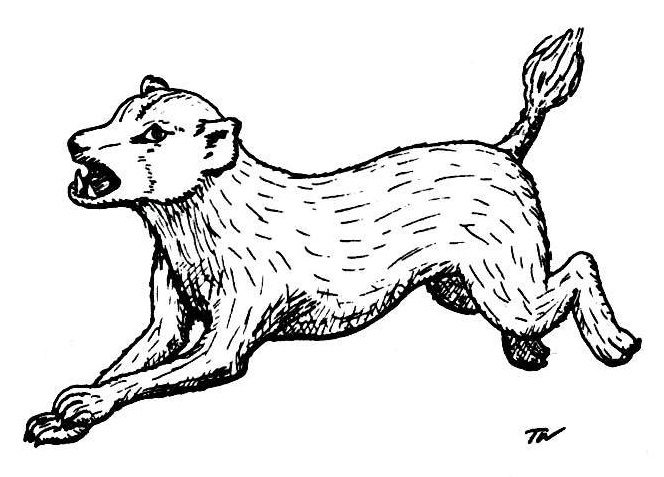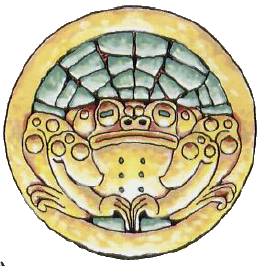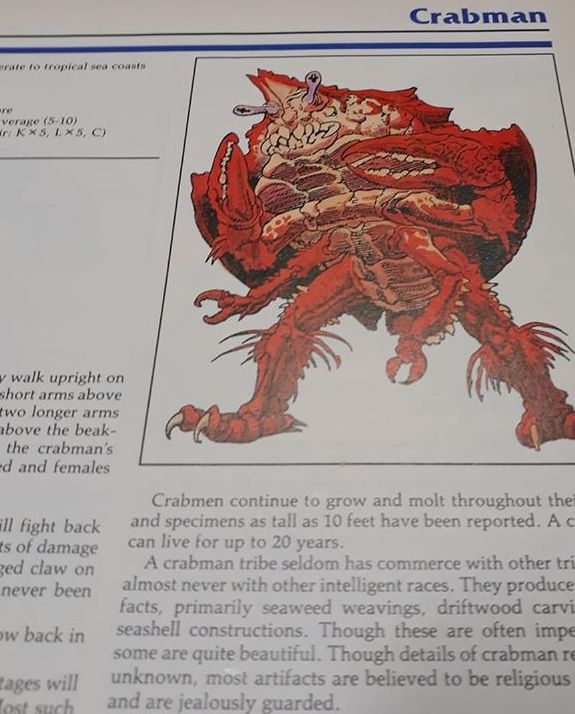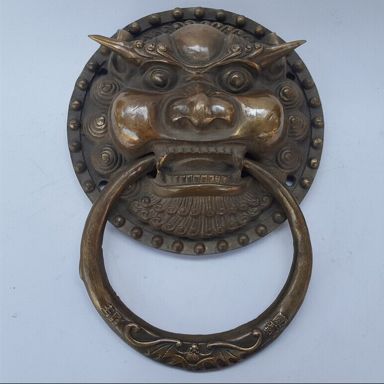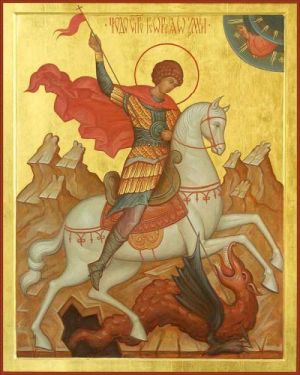Blink Dog Clerics
A few days ago in a Facebook group, a gamer wondered what sorts of abilities an intelligent dog might have as a player character. I didn’t offer any helpful suggestions, but what I did offer inspired the rest of this post.
Blink Dog Deities
In the Forgotten Realms, a few deities think blink dogs are special to them. This doesn’t mean that blink dogs worship those deities, but it does provide idea fodder. For example, Baravar Cloakshadow, gnomish deity of illusion and deception, honors blink dogs. The other two deities are gods of wanderers, earth, and death. Interesting, I think, and a good starting point for blink dog deities.
Bupguau
Bupgau appears as an idealized blink dog: intelligently shining eyes, lean and strong, lustrous coat of fur, et cetera. He is clearly not of mortal origin. Bupgau is the father of all blink dogs, and it is from Bupgau that blink dogs learned how to teleport. Bupgau is clever, playful, and even a bit of a trickster, but his pranks are never malicious.
Ghavau
Ghavau resembles a blink dog, but her coat is black and dusty and her fangs glow whitely. She vanishes into shadows with ease and appears without warning. Ghavau is the mother of all blink dogs. She is the protectress of the den and pups, and she also welcomes blink dogs into paradise after death.
Vufhaf
Vufhaf, son of Bupgau and Ghavau, is the brother of all blink dogs. His fur is wild, his eyes always seek, and he runs so fast that no arrow can catch him. Vufhaf teaches blink dogs the art of the hunt and the skills needed to defend the pack. He is a warrior and a provider. His battles against displacer beasts are legendary.
Blink Dog Clerics
Blink dog clerics are not common, but they do exist. A blink dog cleric seldom honors only one of the three blink dog deities. Rather, all three are paid homage at appropriate times. A blink dog cleric casts spells as a 4th-level cleric. Three special blink dog cleric spells are known to exist.
Barkskin
Level: 1st
Range: 0
Duration: Until discharged
When the blink dog cleric casts this spell and touches a creature, the spell imbues the recipient’s skin with magic. If the recipient takes damage from a melee attack, the recipient’s skin barks like an enraged dog. The creature who triggered the spell must make a saving throw versus Spells with a -2 penalty on the die roll. If the creature fails this saving throw, it flees for two turns (as if affected by cause fear).
Fetch
Level: 1st
Range: 0 (caster only)
Duration: 1 round
The blink dog cleric casts this spell and immediately teleports up to 20 feet to make an attack against a creature. If the attack succeeds, the creature takes damage as normal. The blink dog then teleports another 20 feet, taking a single object from the creature. The object must be of an appropriate size and weight so that the blink dog can carry the object in its jaws.
Heel to Heal
Level: 2nd
Range: 0
Duration: 1 turn
When the blink dog cleric completes this spell, a 5-foot-radius zone is established around the caster. The zone moves with the caster. Once per round for the duration of the spell, a creature that teleports into the zone is healed 1d6+1 points of damage.
